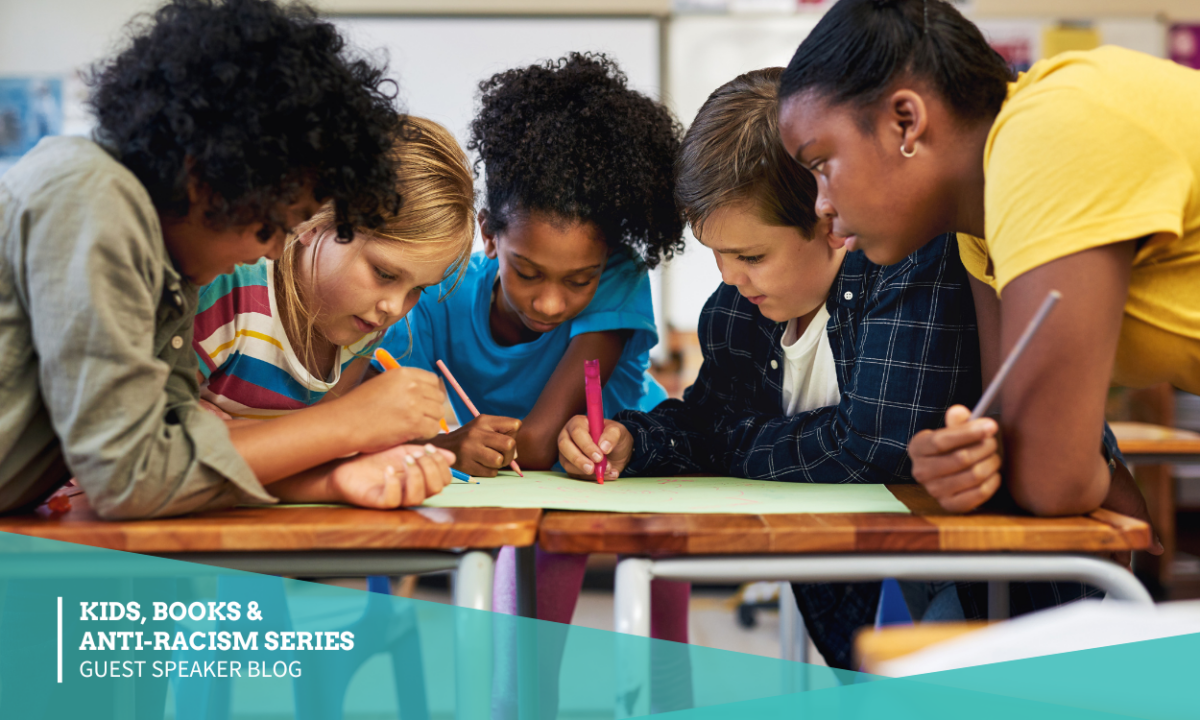In several states in the United States, talking about race and racism is currently restricted in one way or another. In the year 2023, not 1950. So how will those of us who are committed anti-biased and anti-racist teachers proceed? With conviction and vigor.
Part of what we need to do is to reimagine education—to apply pedagogical theory to practice, design rigorous and engaging curricula, implement effective lessons, and critically analyze texts and subject matter with students, all while integrating issues of social justice. The teaching of truth is how we will get there. This is an opportunity for us to flex our creative muscles and practice what we preach.
Textured Teaching is one answer to this need. This new framework, which I developed, is centered on culturally sustaining pedagogy and asks teachers to work with four ideas: flexibility, interdisciplinary design, experiential learning, and a student-driven, community-centered approach. When teachers practice Textured Teaching, they’re working toward social justice—it’s a form of activism in the classroom. (Incorporating Social Justice in the Curriculum, Edutopia)
In spaces where I was the only person of color in the classroom, there were power dynamics at play and this tug-of-war between the teacher and the parents for control and authority in that space. You’ve got to be careful about what you discuss in there, how you approach that conversation, what pace you move at.
When I was writing this book, I was teaching at a private, independent school in Austin, Texas, that’s pretty progressive both politically and socially. There were times when people trusted my credentials, my education, my background, my expertise.
On the other hand, there were moments where my students said very hurtful things and I was just like, “Wow. I can’t believe you really just said that or genuinely had that belief.” But it’s so important for us to remember that this is a young person and not an adult, and the classroom is the space where they can process and work against such beliefs. (The Beautiful Struggle of Culturally Responsive Teaching, Edutopia)

Continue the learning!
To further explore this topic and your role as an educator in enacting change through the lens of anti-racism, kids, and books, join us for a live and on-demand professional learning series featuring Lorena Escoto Germán.
Lorena Escoto Germán will join us on March 10, 2023 with her session titled Teaching for Literacy & Social Justice Through Culturally Sustaining Instructional Practices.





